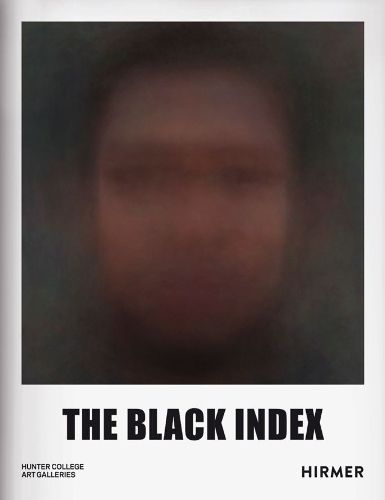Readings Newsletter
Become a Readings Member to make your shopping experience even easier.
Sign in or sign up for free!
You’re not far away from qualifying for FREE standard shipping within Australia
You’ve qualified for FREE standard shipping within Australia
The cart is loading…






The artists featured in The Black Index-Dennis Delgado, Alicia Henry, Kenyatta A.C. Hinkle, Titus Kaphar, Whitfield Lovell, and Lava Thomas-build upon the tradition of Black self-representation as an antidote to colonialist images. Their translations of photography challenge the medium’s long-assumed qualities of objectivity, legibility, and identification.
Using drawing, sculpture, and digital technology to transform the recorded image, these artists question our reliance on photography as a privileged source for documentary objectivity and historical understanding. The works featured here offer an alternative practice-a Black index. In the hands of these six artists, the index still serves as a finding aid for information about Black subjects, but it also challenges viewers’ desire for classification and, instead, redirects them toward alternative information.
$9.00 standard shipping within Australia
FREE standard shipping within Australia for orders over $100.00
Express & International shipping calculated at checkout
The artists featured in The Black Index-Dennis Delgado, Alicia Henry, Kenyatta A.C. Hinkle, Titus Kaphar, Whitfield Lovell, and Lava Thomas-build upon the tradition of Black self-representation as an antidote to colonialist images. Their translations of photography challenge the medium’s long-assumed qualities of objectivity, legibility, and identification.
Using drawing, sculpture, and digital technology to transform the recorded image, these artists question our reliance on photography as a privileged source for documentary objectivity and historical understanding. The works featured here offer an alternative practice-a Black index. In the hands of these six artists, the index still serves as a finding aid for information about Black subjects, but it also challenges viewers’ desire for classification and, instead, redirects them toward alternative information.